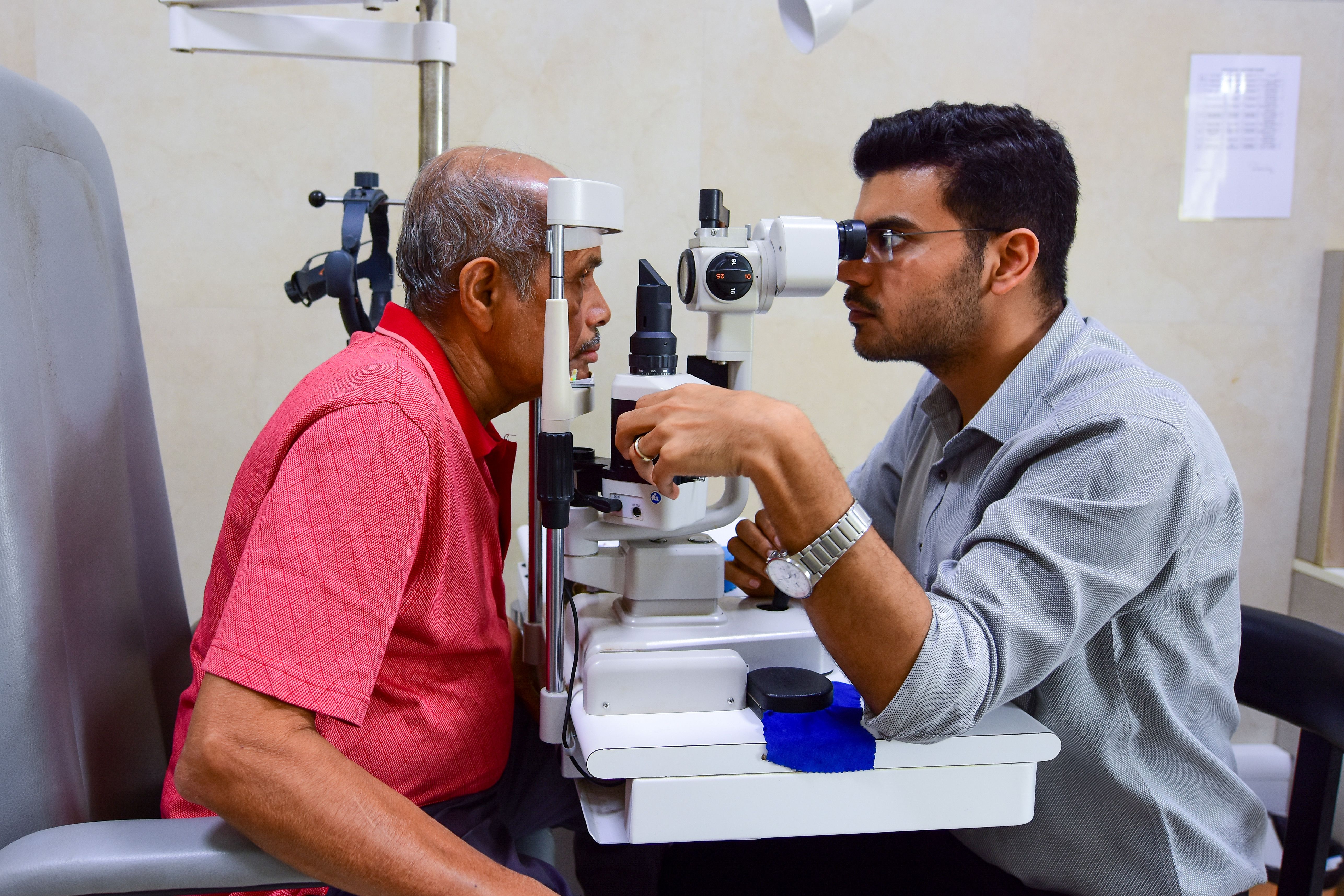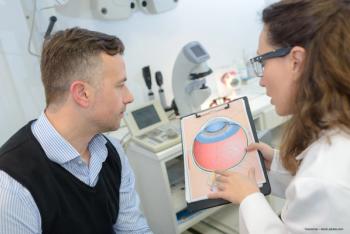
Utilizing new technology, surgeons can be 20 to 40 times more precise.


Utilizing new technology, surgeons can be 20 to 40 times more precise.

Results from the study were presented by Dr Russell Tait, CEO of PolyActiva, at the Glaucoma 360 New Horizons Forum in San Francisco, California.

Prompt, careful use of laser-based treatment minimises postoperative adverse effects.

The 3-month study will assess the safety and ocular hypotensive efficacy of TC-002 ophthalmic solution.

The GMOPC was established in February 2020 at an inaugural meeting in Los Angeles, California, as an investigator-initiated clinical research study, with Heidelberg Engineering as an industry partner.

Comparisons of deep sclerectomy and trabeculectomy show the former to have better outcomes and fewer complications in cases where it is indicated.

Robert J. Noecker, MD, MBA, discusses the IRIDEX consensus paper regarding MicroPulse transscleral therapy for glaucoma at AAO 2021.

At AAO, AbbVie presented results from the ARTEMIS study, showcasing IOP lowering that extends beyond the original 20-month timeframe.

The agreement includes Europe, Commonwealth of Independent States countries, China, India, parts of Latin America and the Oceania countries.

Benefits include better visualisation of ciliary processes and avoidance of tissue damage.

Polygenic risk score allows multiple variants to be tested simultaneously.

A gel stent allows for less invasive subconjunctival procedures and an easier recovery course than traditional forms of minimally invasive glaucoma surgery.

Dr Felipe Medeiros in a presentation at the American Academy of Ophthalmology 2021 annual meeting in New Orleans, noted that a phase 3 clinical extension study of the bimatoprost implant found that patients’ IOP was lowered and stayed low with no additional treatment or changes in their visual fields.

The POAAGG study in African Americans gives insights into the effect of glaucoma on this population and provides data that could lead to gene therapies.

Home testing technology is proving to be a key advancement in monitoring and screening glaucoma patients.

Thinning of inner plexiform sub-layers can help differentiate glaucomatous from healthy eyes.

Exploring subtleties helps ophthalmologists understand postoperative surprises.

The versatile technique comes with short learning curve and combines well with MIGS.

Retrospective review highlights the sustained efficacy of combination procedure.

Ophthalmologists should consider numerous options for treating individual glaucoma patients, including non-medical interventions.

Landmark randomised controlled trials have advanced the understanding and treatment of glaucoma.

The glaucoma treatment company rebrands to align more closely with goals and direction of the company.

Minimally invasive glaucoma surgery (MIGS) is appealing to glaucoma patients and surgeons; however, it should not be adopted without further high-quality research and careful reporting. Selection of the appropriate treatment for individual patients must be evidence based.

Two randomised controlled trials, EMGT and UKGTS, have examined the factors affecting the risk of glaucoma progression. Global target IOPs are not the best option for all patients.

Careful study of ocular anatomy can help surgeons avoid problems related to glaucoma procedures and achieve better results for patients.